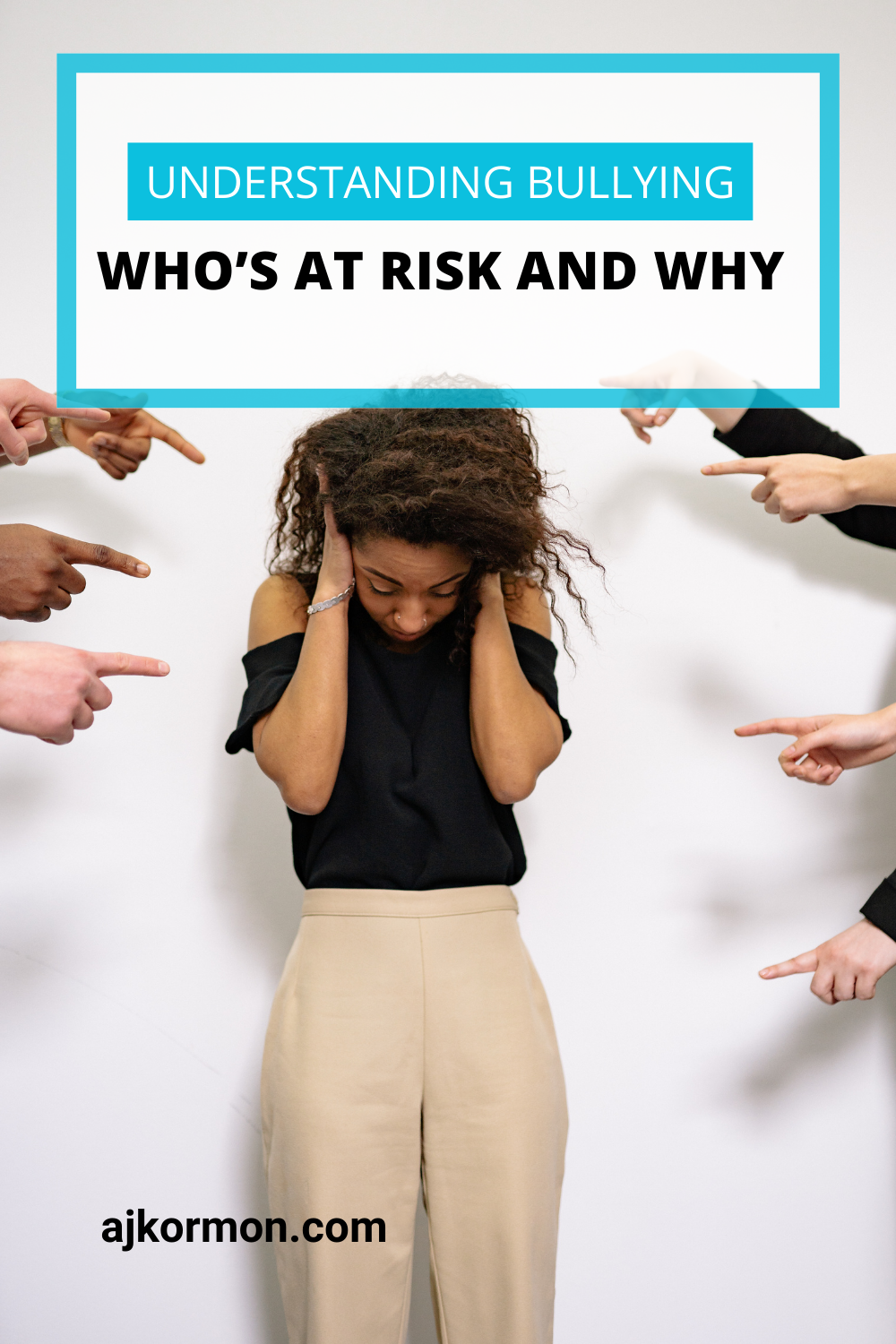As an author of children's books about friendship and overcoming challenges, I believe understanding bullying–what it looks like and why it happens – is crucial for parents, teachers, and anyone who cares about kids. Growing up, I experienced bullying, and as a mom, I watch my kids experience it.
When I was a young adult, I heard about extreme cases of bullying that led young people to horrific actions like murder or taking their own lives. Unfortunately, over twenty years later, I'm still hearing about sad new stories like this.
Dispelling a Dangerous Myth
Let's get one thing straight: There is no such thing as a typical target for bullying. It's a harmful myth that bullying only happens to certain types of kids. Bullies often target those they perceive as different from themselves to gain a sense of power and control. Unfortunately, bullying can happen to anyone.
Factors that May Increase Vulnerability
While it's important to remember that anyone can be a victim of bullying, some children might be at increased risk for being targeted. This could be due to:
- Physical Differences: Children who look different, whether it's their size, weight, hairstyle, or clothing.
- Disabilities and Learning Differences: Children with disabilities or those who struggle in school might be perceived as easy targets.
- Shyness or Social Awkwardness: Kids who have difficulty making friends or find social situations intimidating may be targeted.
- Race, Ethnicity, Religion, Sexual Orientation, or Gender Identity: Children belonging to minority groups are sadly more likely to be bullied based on their identity.
This is not an exhaustive list, and it's crucial to remember that these factors do not mean a child deserves to be bullied. Bullying is NEVER the victim's fault.
Why Do Bullies Target Others?
Understanding the mindset of a bully can help us address the problem. Often, bullies are dealing with their own insecurities or problems. The reasons behind bullying can include:
- The Need for Control: Bullying puts someone in a position of power.
- Lack of Empathy: Some bullies struggle to understand how their actions hurt others.
- Problems at Home: Children who are bullied themselves or witness aggression at home may be more likely to engage in bullying behaviors.
Understanding why bullying happens helps us appreciate the actions of some characters in my books. For example, in my book Hiding Out on Halloween, Becky bullies Avery because she wants the book of Minecraft tips and tricks that he borrowed from the library.
What Can We Do?
Parents and teachers must be vigilant in noticing potential signs of bullying and creating safe, supportive spaces for children. We can teach empathy, kindness, and healthy communication to help reduce bullying behaviors.
If you're concerned about a child, don't hesitate to reach out to a trusted adult for support or check out resources like Bullying Canada, The Anti-Bullying Alliance (ABA) in the UK, or PACER's National Bullying Prevention Center in the US.




Comments ()